Essential oils have long been valued for their therapeutic properties, offering stress relief, improved focus, and better sleep. Diffusing these oils is one of the most popular and effective methods, as it disperses aromatic compounds into the air, making it easy to inhale their benefits.
An essential oil diffuser allows you to fill your space with calming or invigorating scents tailored to your needs. With various types of diffusers available, such as ultrasonic, nebulising, and heat models, knowing how to use them properly is crucial for maximising their effectiveness and ensuring safety in your home.
Different Types of Essential Oil Diffusers
Essential oil diffusers come in various types, each offering unique ways to disperse aromatic oils into the air:
- Ultrasonic Diffusers
The most popular type, ultrasonic diffusers, use water and ultrasonic waves to create a fine mist that carries essential oils into the air. These models are ideal for maintaining humidity in dry spaces and work well for most rooms. They are quiet, energy-efficient, and user-friendly, making them perfect for beginners.
- Nebulising Diffusers
Nebulising diffusers do not use water; they break down pure essential oils into tiny particles, dispersing a concentrated aroma. A nebulising diffuser is powerful and effective for therapeutic purposes but are generally louder and more expensive than ultrasonic models.
- Heat Diffusers
These diffusers use heat to evaporate essential oils, releasing their scent into the air. They are simple and affordable, suitable for subtle aroma diffusion. However, heating can alter the oil's chemical composition, reducing its therapeutic benefits.
- Evaporative or Fan Diffusers
These diffusers use a fan to evaporate essential oils into the air. Lightweight and portable, they are perfect for small spaces or travel. However, the scent may not be as potent as with other methods.
- Reed Diffusers
A non-electric option, reed diffusers use rattan sticks to absorb and diffuse essential oil mixtures slowly. They provide a consistent, low-level fragrance ideal for small rooms or enclosed spaces like bathrooms.
Choosing the right diffuser depends on your needs, space, and budget, ensuring you maximise the benefits of aromatherapy safely and effectively.
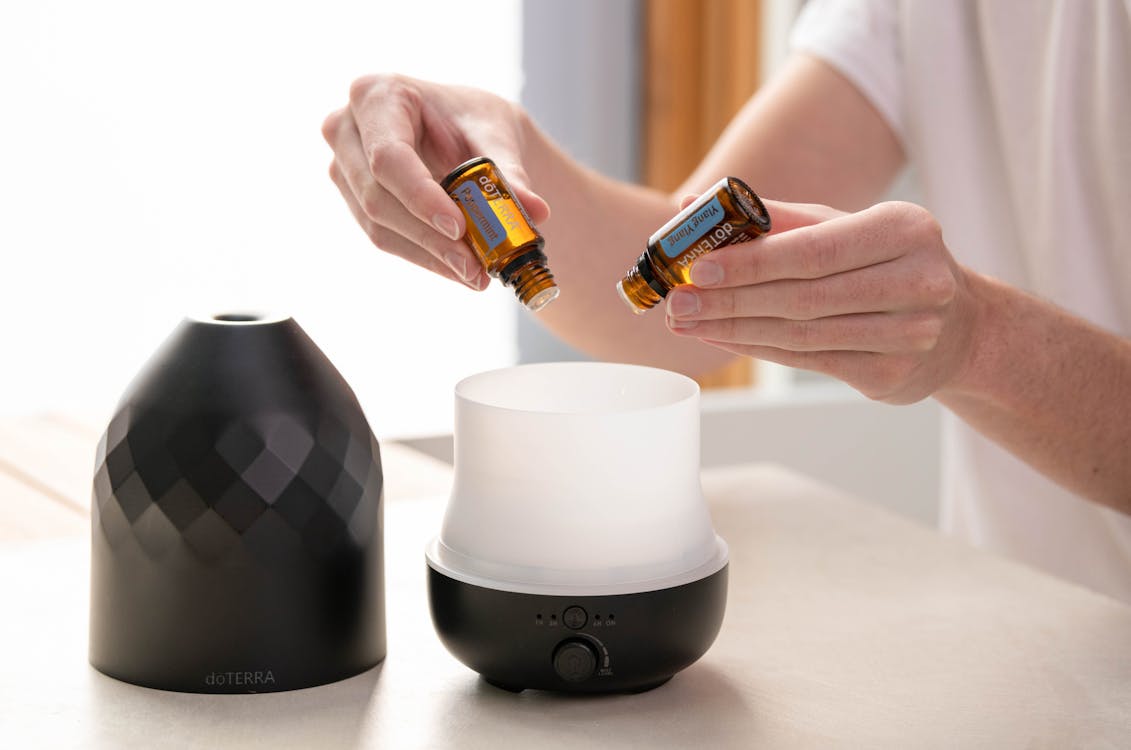
Step-by-Step Guide: Using an Essential Oil Diffuser
Using an essential oil diffuser is simple and effective. Follow these steps to get started:
Step 1: Prepare the Diffuser
Ensure your diffuser is clean and free from residue. Wipe the water tank with a soft cloth if needed. Using a clean diffuser prevents old scents from mixing with new ones.
Step 2: Add Water
Fill the water reservoir to the indicated line. Distilled water should be used to avoid mineral deposits that could clog the diffuser over time.
Step 3: Add Essential Oils
Add 5–10 drops of your chosen essential oil. Adjust the quantity based on the strength of the scent and room size. For larger rooms, you may need up to 15 drops. Mixing oils? Start with smaller amounts of each oil for balance.
Step 4: Adjust Settings
Set the mist intensity and duration according to your needs. Some models allow you to choose between continuous or intermittent modes, while others offer timers to manage operating hours. Experiment to find what suits your routine and space best.
Additional Tips for Optimising Your Diffuser Experience
- Vary Oil Usage Based on Time of Day: Use uplifting oils like citrus or peppermint in the morning and relaxing scents like lavender or chamomile in the evening to set the right atmosphere.
- Create Custom Blends: Blend oils for a personalised aroma experience. For example, lavender and eucalyptus create a calming and fresh environment, perfect for stress relief.
- Use Multiple Diffusers: Consider placing diffusers in different rooms to enjoy various scents as you move throughout your home. A calming scent in the bedroom and an invigorating one in the living area can enhance your mood and energy throughout the day.
How to Safely Use an Essential Oil Diffuser
While diffusers are generally safe, there are precautions to take:
- Choose High-Quality Oils: Low-quality oils may contain additives that could damage your diffuser or harm health. Always buy oils from trusted sources.
- Check for Allergies: Before diffusing a new oil, ensure you or anyone in your household isn’t allergic to it. Start with a small amount and observe any reactions.
- Avoid Prolonged Exposure: It’s tempting to run the diffuser continuously, but this might overwhelm your senses or cause headaches. Use the intermittent setting or turn off the device after 30–60 minutes.

Maintaining Your Essential Oil Diffuser
To keep your diffuser functioning well, clean it regularly.
- Daily Maintenance: Empty any leftover water and oil after each use, then wipe the tank with a soft cloth.
- Deep Cleaning (Weekly):
- Fill the tank with water and add a few drops of white vinegar.
- Run the diffuser for 5–10 minutes to allow the vinegar to cleanse any buildup.
- Rinse thoroughly and wipe the tank dry before using it again.
Troubleshooting Common Diffuser Issues
Problem 1: Weak Aroma
If you find that the scent isn’t strong enough, try these fixes:
- Add a few more drops of essential oil.
- Ensure the room isn’t too large for the diffuser’s capacity.
- Check for residue buildup; this can block the mist output.
Problem 2: Diffuser Won’t Turn On
- Ensure it is plugged in correctly and that the power outlet works.
- If water has leaked, unplug the device immediately and let it dry completely before using it again.
- Some diffusers have safety shutoffs if the water level is too low. Make sure to fill the tank properly.
Creating a Relaxing Routine with Essential Oils
Establishing a consistent aromatherapy routine can enhance your well-being:
- Morning Boost: Start your day with an energising scent like peppermint or citrus. It can boost focus and energy levels.
- Evening Wind-Down: Use calming oils such as lavender, chamomile, or sandalwood to help relax and prepare for a restful sleep.
- Focused Work Sessions: Diffuse rosemary or eucalyptus during work or study time for concentration. These scents can promote clarity and mental sharpness.
Safety Precautions for Homes with Pets and Children
Pets and children are more sensitive to certain essential oils. Avoid using these oils around pets:
- Cats: Avoid tea tree, citrus, and eucalyptus oils.
- Dogs: Be cautious with cinnamon and peppermint, as they may be too strong.
Avoid strong or spicy scents like clove or cinnamon if you have young children. Always diffuse in a well-ventilated area and keep the diffuser out of reach.
Final Thoughts
An essential oil diffuser is a wonderful tool for improving your home’s atmosphere and overall well-being. With the right setup and maintenance, you can enjoy the therapeutic benefits of essential oils safely and effectively.
Experiment with different oils and blends, and make diffusing an integral part of your daily routine. Remember, the key to a great diffusing experience is understanding your space, choosing the right oils, and maintaining your diffuser for optimal performance.
Whether you’re new to essential oils or a seasoned user, following these tips ensures a safe and enjoyable experience, allowing you to create a peaceful and fragrant sanctuary in your home.


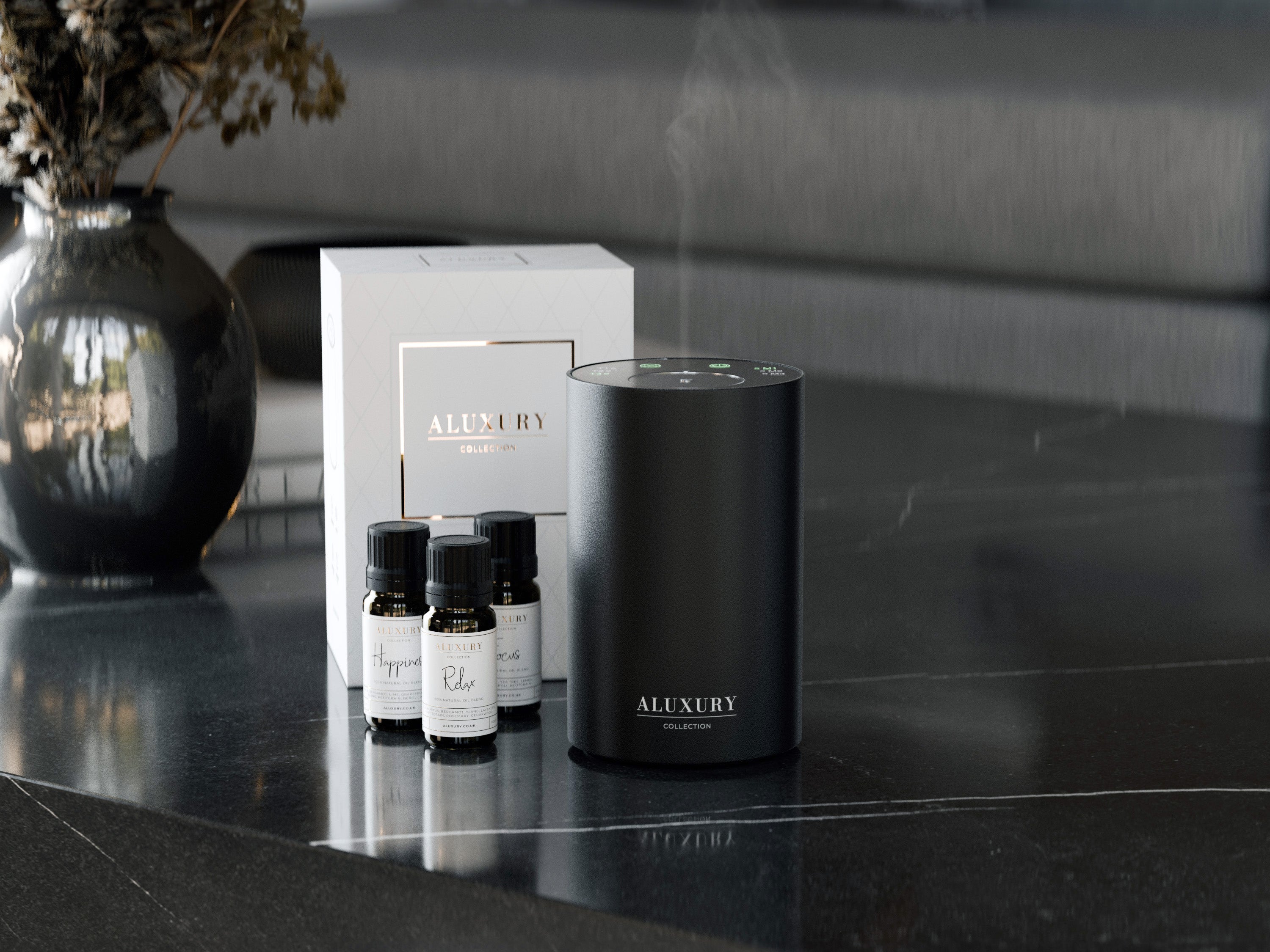
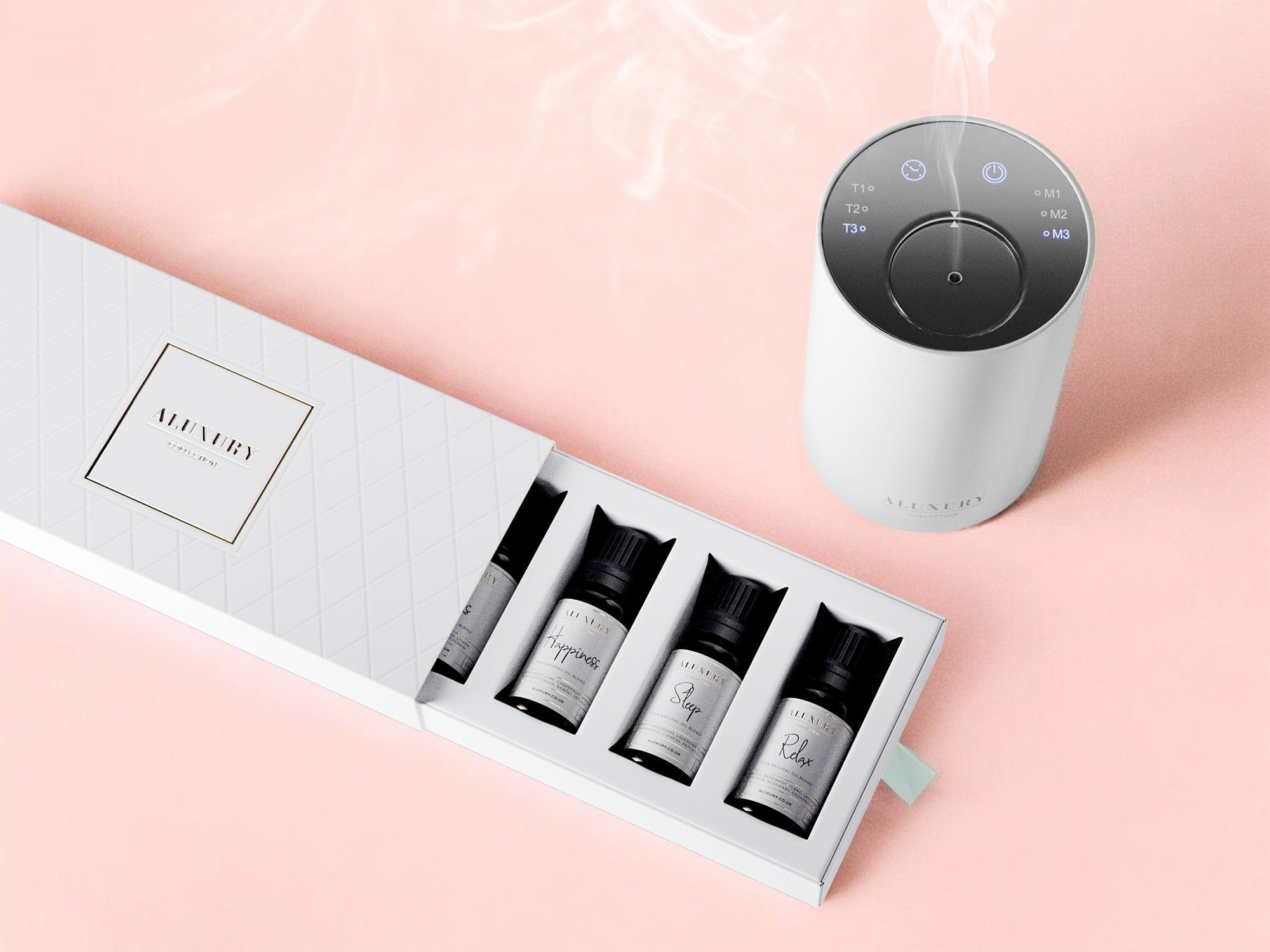
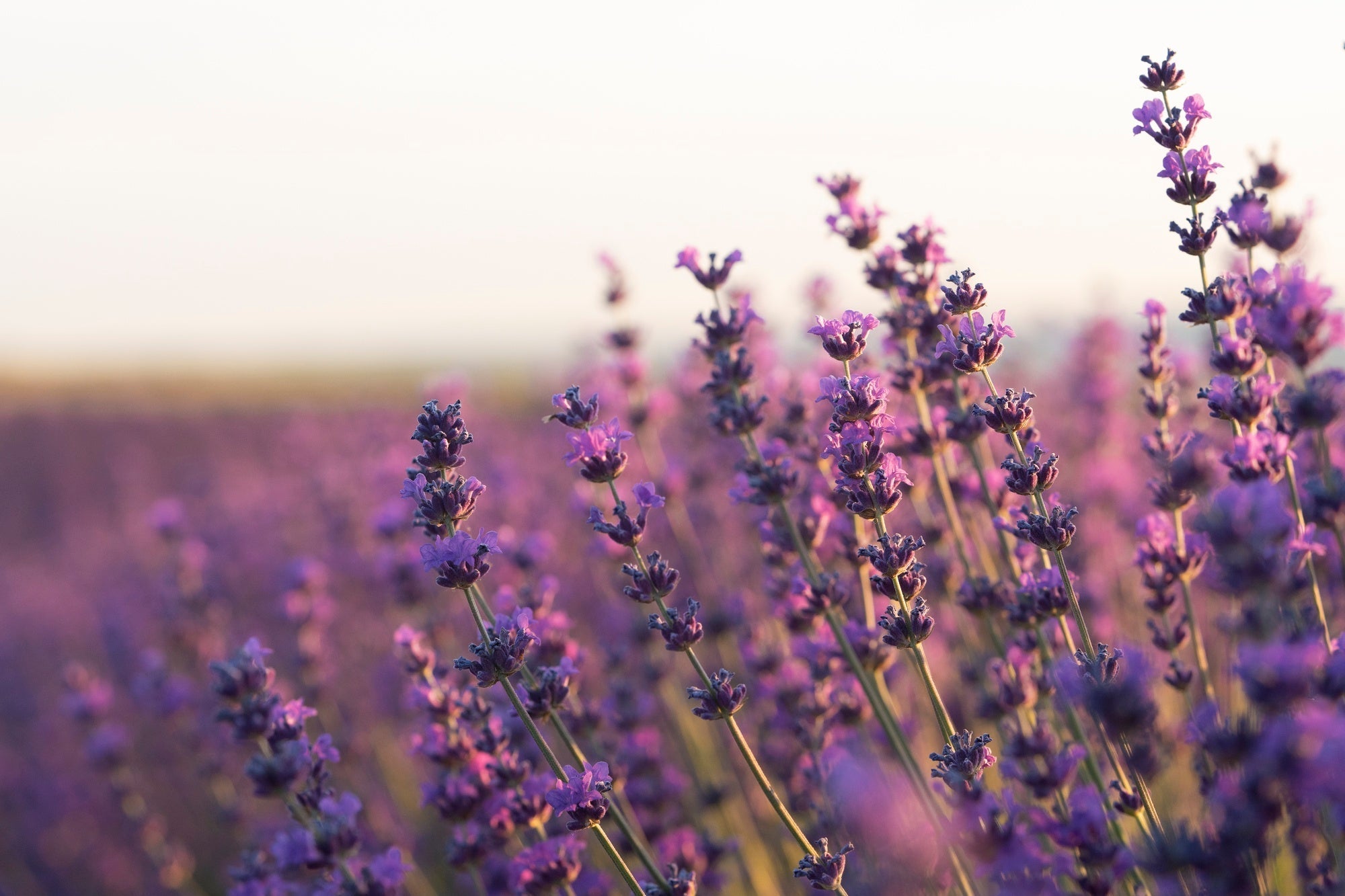
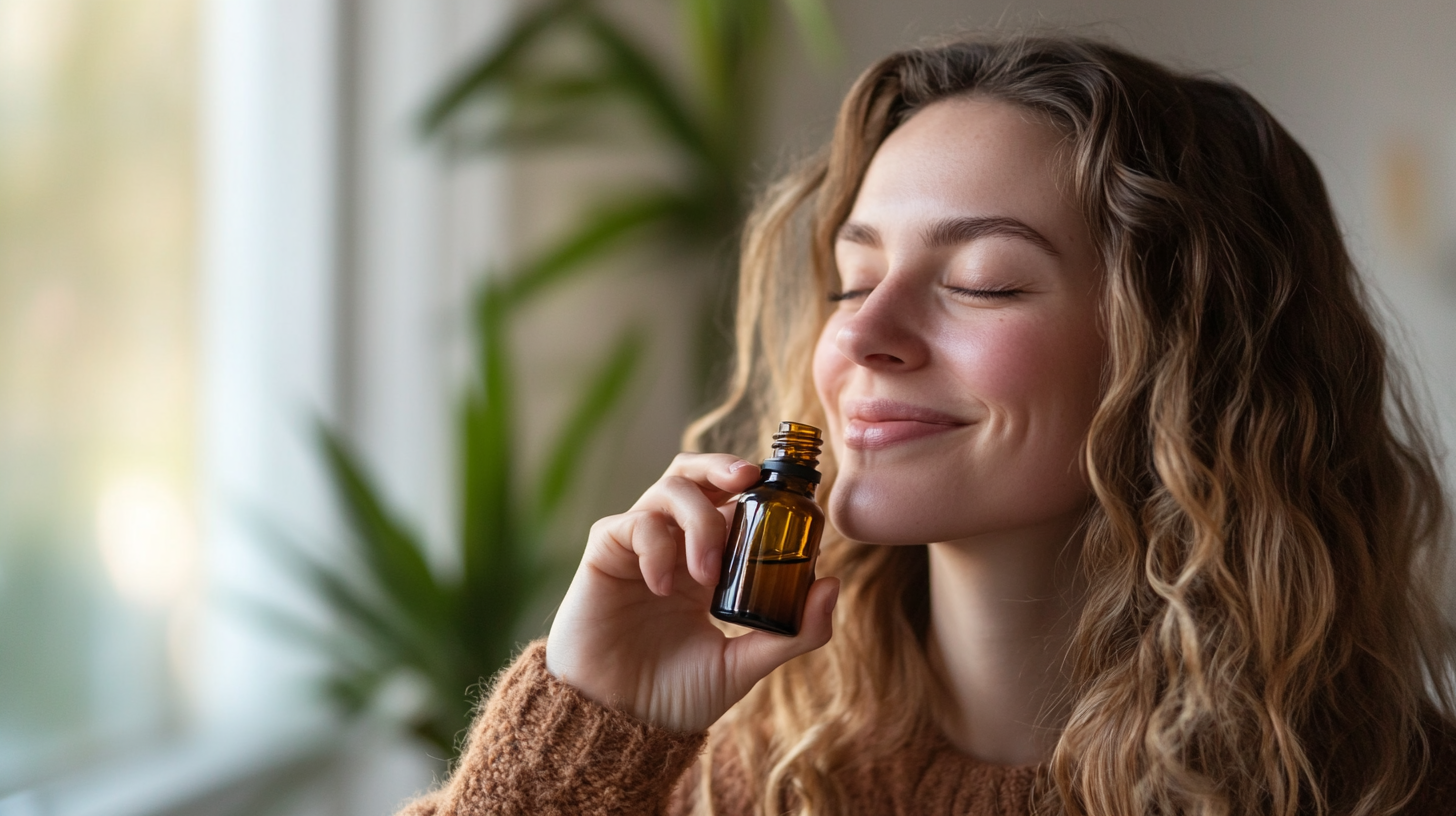
Share: